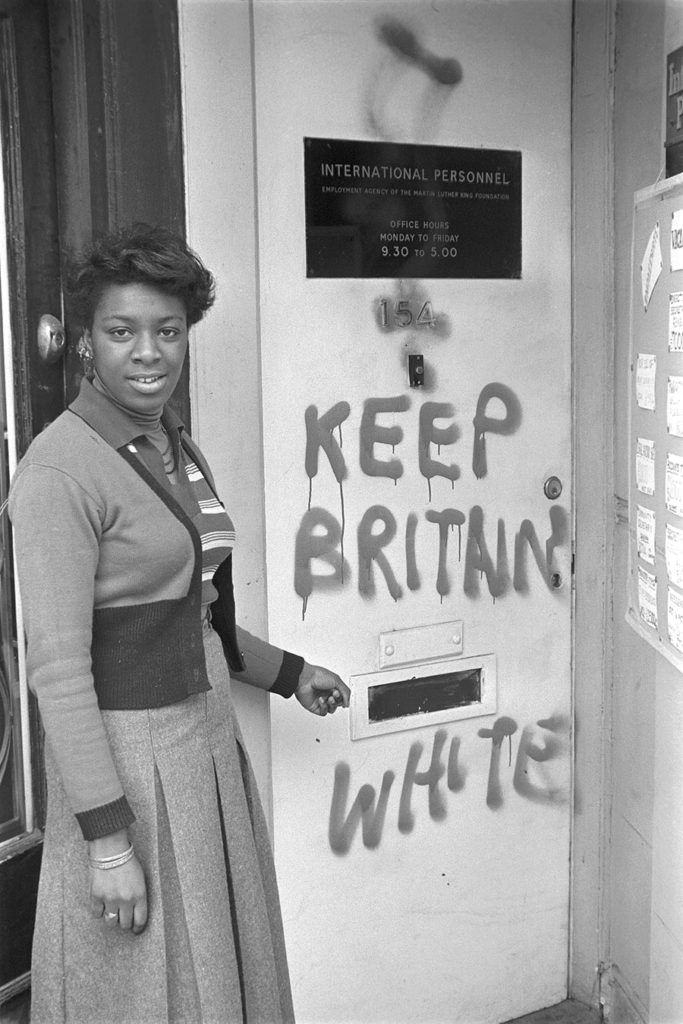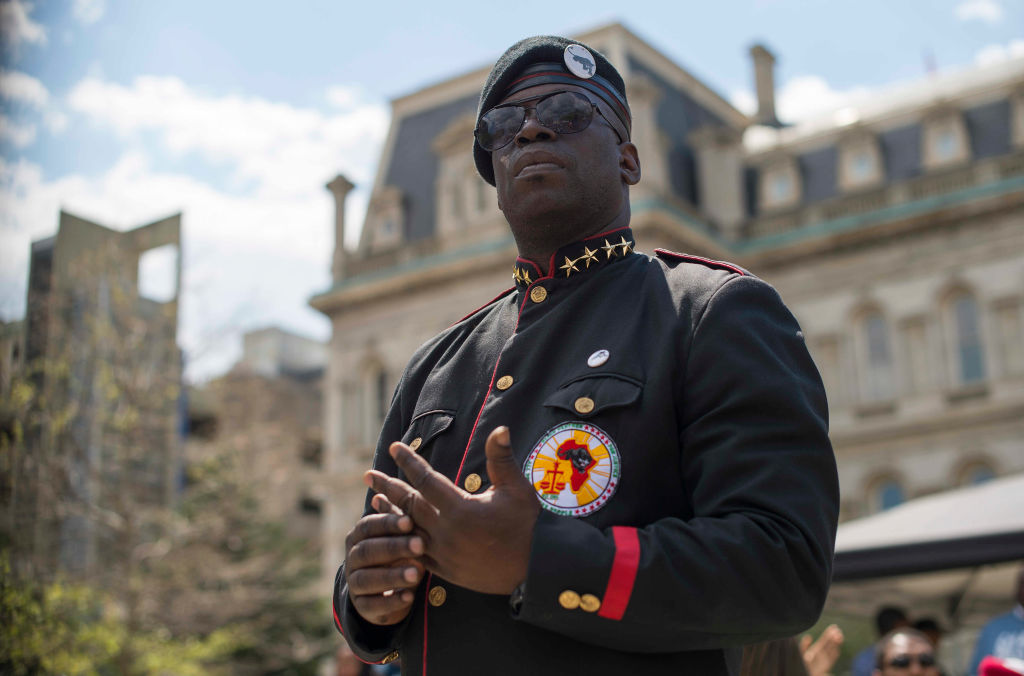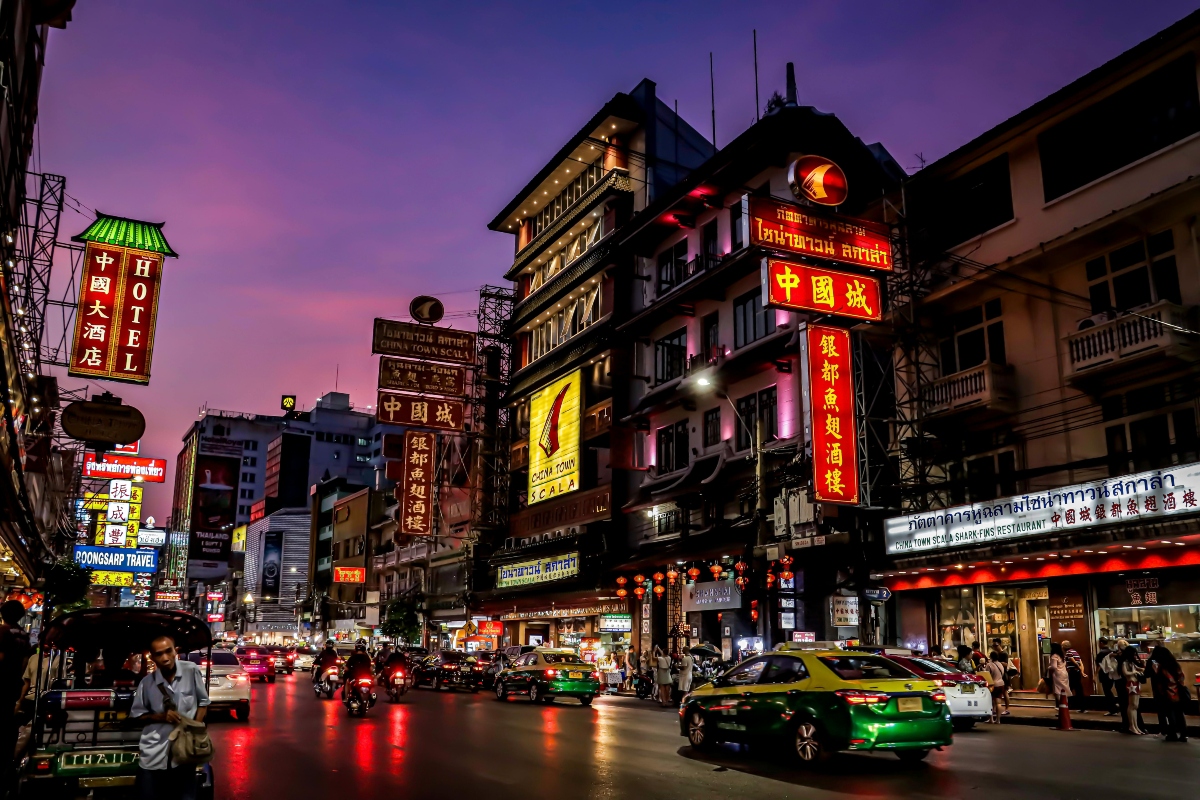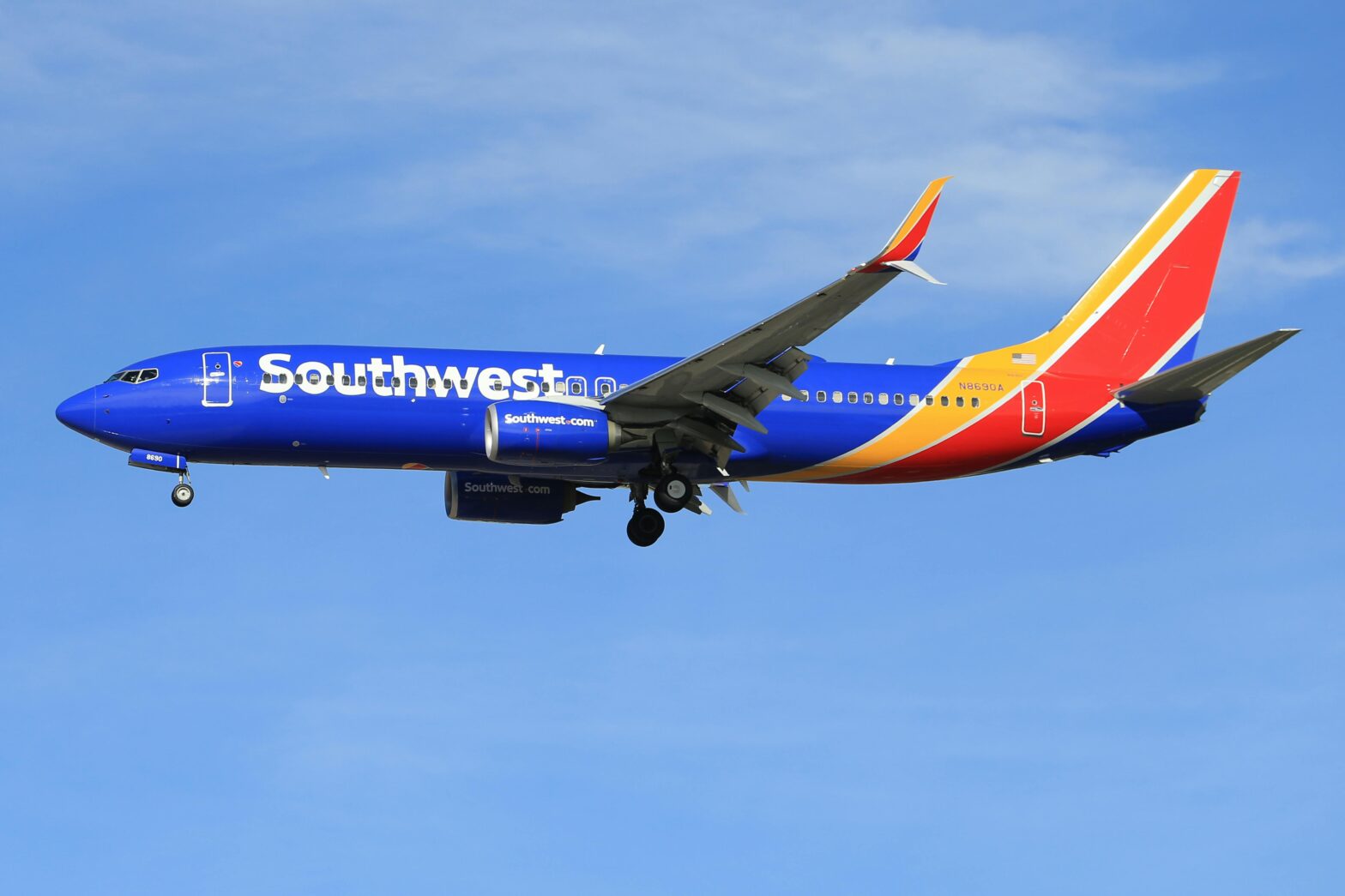Despite continued efforts to erase Black British history and the endless accounts of resistance, the legacy of the British Black Panthers lives on. The grassroots, community centered efforts of the political group, who were active during the late 1960s through 70s, is easily seen in the fabric of Black British culture today.
Founded in London in 1968 by Nigerian writer Obi Egbuna, the Black Panther Party in the UK were incredibly active in their plight to vocalize the demands, concerns and needs of the Black population across the UK. While the 60s saw global upheaval and resistance, the UK equally took to the streets in protest of racial discrimination, police brutality and violence.
The systemic racism in the UK ran rife, causing destruction for Black communities and their access to education, housing, employment and interactions with the judicial system. With as much intolerance for the hatred and neglect that Black communities regularly received as the original Black Panthers in the US, the UK Panthers established a space to challenge governmental efforts to the Black community.
Creating safe spaces, opening Pan-African Saturday schools to prioritize Black history and fair education as well as offering knowledge on civil rights were the primary goals of the group. Notably, Brixton served as a hub for the British Panthers, often bringing in new members from across the country.
During Angela Davis’ 1974 visit to London, she met with the Panthers alongside other grassroots initiatives to thank them for their support and encourage them in their continued struggle in the movement. Parallel to the racial unrest globally and in the US, the rise of far-right groups such as National Front, disastrously high unemployment and numerous race riots prompted political organization in the UK for protection and justice.
While smaller and lesser known than the US Panthers, the British Panthers used very similar tactics to initiate liberation through Black Power movements. Prioritising political pressure as rigorously as they did community care, the British Panthers became equally as threatening, in governmental matters as well as within the Metropolitan Police force. With increased protests came an increase in arrests and reprimands that only fuelled the fight, creating what would become an entire canon of literature, music and art springing out of Black British demonstrations of resistance.
Several facets of Black British artistic culture were born out of the efforts of the British Black Panthers. Linton Kwesi Johnson, a poet and writer from South London’s Brixton, where many of the Windrush generation settled, was inspired by the Black British Panthers. His involvement saw the conception of some of his greatest works, such as ‘Inglan Is a Bitch’ and ‘Sonny’s Lettah’.
Jamaican’s settling in the UK found themselves met with brutal violence from the Metropolitan police and the wider racist British population. Out of this came Dub poetry, a form of poetry combining oral storytelling, dub beats and often rooted in messages of Rastafari and resistance. The sporadic poetic form arguably gave rise to the UK’s Spoken word scene a few decades later.

Neil Kenlock, a prominent archivist and photographer, became the British Black Panther party’s official documenter, using photography to shape the narrative of the party that we are familiar with today. Kenlock also co-founded Choice FM, which was the UK’s first radio station broadcasting to the Black community.
The British Panthers fought not only for the rights of the African Diaspora in the UK, but also for the working-class and social welfare issues that equally affected South Asian communities. The grassroots approach to anti-racism was wholly encompassing, making space for what has today manifested as cause for debate in the UK about ‘political Blackness’.
Fighting against British racism and its endemic nature was at the forefront of the British Panthers’ ethos as a disenfranchised group. Often, surviving in underfunded and over-policed areas of the country such as Brixton in London or Handsworth in Birmingham, often led to a recreation of self-sufficient, community funded spaces. This is still an integral part of Black British mobility, and unfortunately, still is a fragile part of the culture that finds itself targeted and under constant threat. From bookshops, to Saturday schools to community halls, Black Britons often have to part with the previously communal safe havens.
While the British Panthers contributed much to the streets and livelihoods of historic Black neighborhoods across the UK, the ever-present issue of misogynoir is something to be addressed. Much as in the case of the original Panthers, in the UK, accounts of misogynoir stained the reputation of the Panthers, even to the extent of erasing the women who built-up the radical group.
Founding women were often left out of the picture entirely, despite having crucial roles in the group’s existence. Kehinde Andrews, Academic, Author and Professor of the first Black Studies program in Europe at Birmingham City University, says it best: “Black women weren’t just part of the history of the Black power movement; they led it in Britain.”
Some admirable contributions to the party and Black British racial mobilisation include: Olive Morris, Jamaican born activist who, following the Panthers demise, founded the Brixton Black Women’s Group. Altheia Jones-Lecointe was considered to be the leader of the Black British Panthers in the early 70s and was one of critical figures in the Mangrove Nine. Beverley Bryan, an author and activist who helped establish the Black Women’s Group and co-authored ‘The Heart of the Race: Black Women’s Lives in Britain’, a literary saviour for the narratives of life in Black Britain, which went on to win the Martin Luther King Award in 1986.
A final legacy worth remembering is the relentless practice of holding the British government wholly accountable. Resistance groups globally utilise protests and other forms of rebellion against the discriminatory legislations or governance and the British Panthers were no exception, often rallying people in the thousands.
With Tory austerity doing damage in households and under-developed or neglected neighbourhoods today as it did in the days of Thatcherism, the Panthers provided the example of how to effectively mobilise and organise, as individuals and communities, to prevent the silencing that typically is expected of migrating communities in the UK. Today, heritage museums such as Black Cultural Archives in London preserve the histories and realities of the work of the British panthers across the nation.





